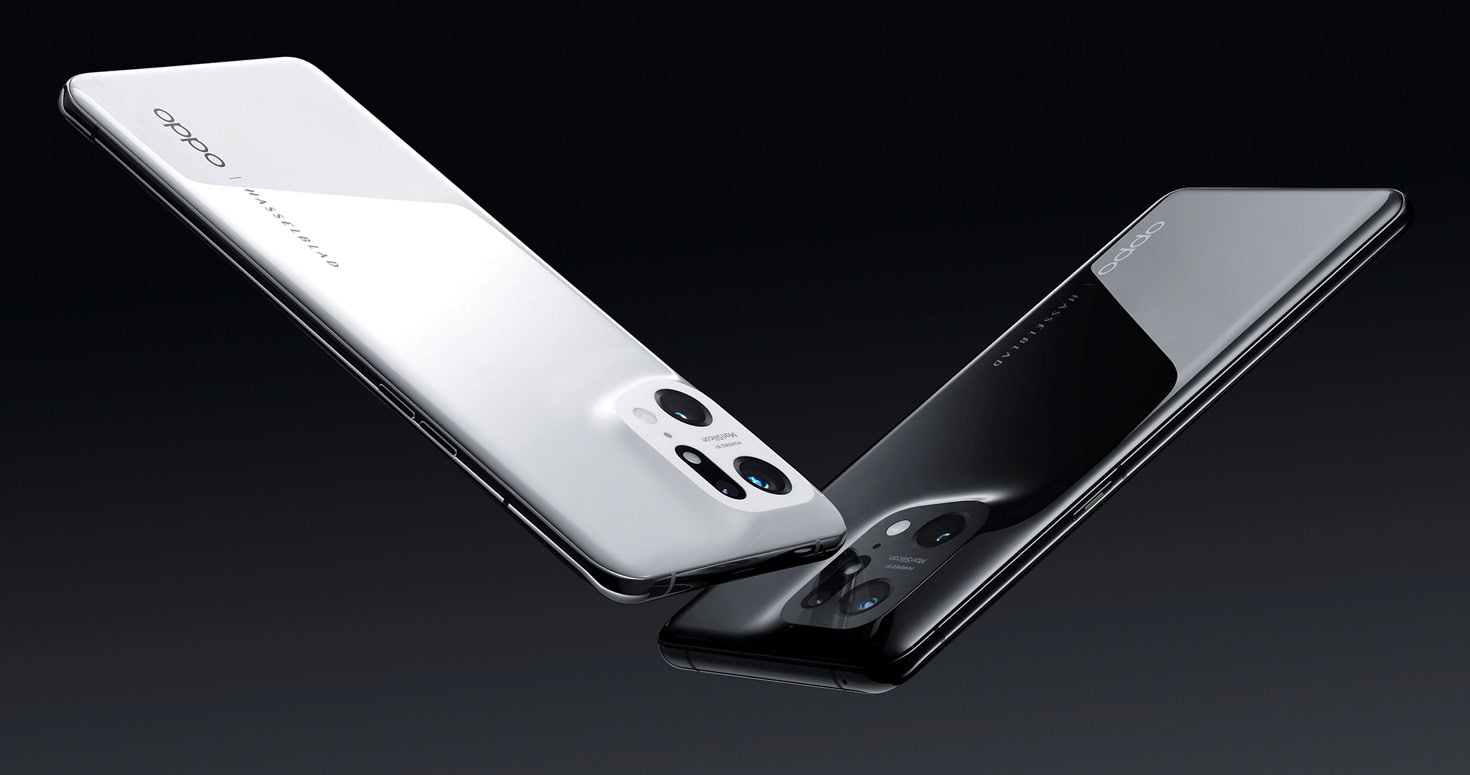Affiliate links on Android Authority may earn us a commission. Learn more.
Daily Authority: 😷 Dyson gets weird

👋 Good morning and welcome to another wrap of what’s happening in tech. Before we hop into today’s tech news, we’d like to thank OPPO for sponsoring this newsletter!

The OPPO Find X5 Pro brings a new sense of futuristic design by sporting stylish ceramic curves that break from the glass-and-metal tradition. The MariSilicon X Imaging NPU drastically increases both of its videographic and photographic abilities — especially in low-light situations — and it’s all powered by a Qualcomm Snapdragon 8 Gen 1 chipset.
Head over to OPPO to learn more about the Find X5 Pro and get this slick new flagship in your pocket.
Dyson’s face vacuum
It’s April Fool’s Day this week, but this isn’t a joke! Dyson, the very serious multinational technology company that famously does fancy vacuums and such, has a new set of headphones that also include a built-in air purifier that just looks as odd as you could imagine.
Look, here’s James Dyson wearing the new Dyson Zone in what I guess is London (despite Dyson being a Singaporean company):

- A little Bane-like, huh?
- There is never-ending fun to be had with this, including my favorite joke so far: “No one cared who I was until I put on the vacuum cleaner,” from Stephen Warwick.
- But, Dyson is just as serious about this as it usually is about its products.
- Apparently, it has been working on it for six years, with 500 prototypes (yes, it was in the works pre-pandemic).
What it does:
- The idea is to cut air pollution and noise pollution, presumably in cities where air quality and noise are everywhere.
- Enjoy some of Dyson’s press release: “Precision-engineered compressors within the earcups draw air through the dual-layer filters […] the negatively charged electrostatic filter media captures ultrafine particles such as allergens, and particles from sources such as brake dust, industry combustion, and construction whilst a potassium-enriched carbon layer captures city gas pollutants like NO2 and SO2. The compressor channels the purified air to the wearer’s nose and mouth via the contact-free visor, formed with flexible returns that channel the flow of purified air to the wearer’s nose and mouth.”
- Aka: they filter the air, without it necessarily being a mask.
- Dyson is calling the mouthpiece part its visor, and it snaps on or off with magnets, but there’s also a full-contact mask option that some people saw, with full FFP2/N95 protection.
- Also, this is Dyson’s first audio product. It comes with an “advanced noise cancellation system,” with three different modes.
Tech details:
- The Guardian had these details: “The battery lasts up to 4.5 hours at the Zone’s lowest purification rate or 90 minutes at maximum, intended to only be used for short periods. They last up to 40 hours when used just as headphones, fast charge via USB-C to 60% in 20 minutes, and can be used when charging if required.
- “The Dyson Zone is due to go on sale in the Autumn for an as-yet-unannounced premium price expected to be in the £500 to £1,000 range.”
- That pricing is something like $500-$1,000, which, again, is classic Dyson.
- Looking at a list of world cities and their rankings for Air Quality, this might be one for people in Hanoi, Jakarta, Kathmandu, and Delhi.
- That kind of pricing would seem to be more for western visitors to those cities, though…
- The obvious comparison? The Razer Zephyr… which is $99, without the audio.
Roundup
📱 Redmi Note 11 Pro Plus launched globally: 120W charging for under $400 (Android Authority).
🎮 Sony announces all-new PlayStation Plus: The reports were accurate and a true rival to Game Pass is here from Sony (Android Authority). That said, it does fall short: new first-party games won’t launch on the service at the same time as they come out at retail, unlike Xbox.
👉 PlayStation CEO Jim Ryan explained why in this interview, suggesting it really just wants people to pay after investing a lot of money, and/or is somewhat scared to risk opening games to a massive audience that isn’t paying directly. Basically: because money. Sony’s always been a bit stingy… (gamesindustry.biz).
⚒ Russian developers are creating their own alternative to the Google Play Store: NashStore (“OurStore” in English) (Android Authority).
🔧 Windows 11’s dumbest problem is finally getting fixed: change your default browser with one click (Android Authority).
🍎 Apple will reportedly no longer fix iPhones flagged as missing/stolen, via an IMEI check (Engadget).
💯 Almost 14 years after its initial release, Chrome version 100 arrives with refreshed logo too (The Verge).
#️⃣ Google Docs is getting more Markdown support (The Verge).
📺 YouTube TV is finally bringing surround sound to more devices (Gizmodo).
💪 The crazy story of the rogue Arm unit in China gets more crazy: Arm seems like it’ll be just avoiding that mess altogether to get to an IPO faster. Arm in the UK has effectively no control over its renegade Arm division in China, despite it owning 47.33%. (FT, $).
😢 Breath Of The Wild sequel delayed to 2023, Nintendo apologizes. “…we have decided to extend our development time a bit and change the release to spring 2023” (Kotaku).
😬 Somehow, an NFT gaming company had $625 million of crypto stolen, mostly Ethereum. (CoinDesk). These “Play to earn” games have been described as anything from the future to malevolent (ez.substack.com).
🤔 “Why are banks only open while people are at work/school?” (r/nostupidquestions).
Weirdness Wednesday
I once tried to program a robot I’d built to balance on two wheels, and it was a stressful experience writing control loop algorithms. The theory wasn’t bad, but the practical code was great.
Anyway, in the current world of robotics, robots just teach themself: this Cheetah Robot taught itself how to sprint in a weird way (Wired).

- MIT researchers let 4,000 versions of the robot in simulation learn to walk, then run in multiple directions, throwing in different surfaces to cope with like grass, pavement, and gravel.
- Apparently, three hours of practice time in the simulation world equaled 100 hours in the real world.
- “The thousands of simulated robots could try all kinds of different ways of moving their limbs. Techniques that resulted in speediness were rewarded, while bad ones were tossed out. Over time, the virtual robots learned through trial and error, like a human does.”
- “The result isn’t especially elegant, but it is stable and fast, and the robot largely did it on its own.”
- I’ve seen AI bots do this in simulations for running and jumping, but this one goes a bit further, and it’s fun to watch the videos of it scrabbling around.
Cheers,
Tristan Rayner, Senior Editor